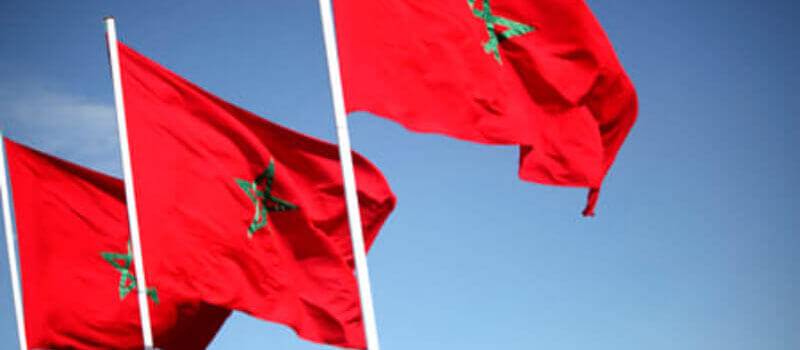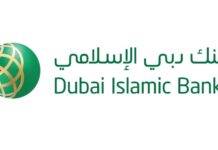Table of Contents
The Morocco flag has two colors, red and green, with a green pentagram in the middle on a red background. Although it has a simple design, it holds significant meaning for the people. During Eid Al Istiqlal on November 15, they raise it, celebrating independence. They adopted the flag on November 17, 1915, during the Festival of Freedom.
Flag of Morocco – Colors, Meaning & History

History of the Flag of Morocco
Morocco is an ancient country with easy access to the Mediterranean coast. Morocco was a part of early Carthaginian and Roman Morocco, and it was the home of several of the first indigenous kingdoms. There were the Mauri and later the Numidia in the 4th century BC.
In 788, the Idrisid dynasty introduced a plain white flag. This marked the beginning of the Muslim Sharifi tradition and the country’s unification under Islam until 985. Between 1040 and 1147, the Almoravid government altered the flag. They maintained the white background but introduced Arabic text in the middle.
The Caliphate of Almohad was the first to have a red flag with a black-and-white checkered pattern in the center. Starting in 1244, the Marinid Dynasty retained the red background. They changed the pattern to a rectangle with a gold border instead of a square. They placed an eight-pointed star made of two squares in the middle. After the Marinid dynasty, the Wattasid and Saadi dynasties continued using this flag design.
Evolution of Moroccan Flags
The Alaouite Dynasty, starting in 1666, had a simple red flag. From 1912 to 1956, during the French Protectorate, Morocco’s flag had a red background with a five-pointed green star. Spain, ruling the northern region, had its own flag—a red one with a green-white border and a white pentagram in a green field.
They named the Riffian uprising in Morocco’s northern region the “Confederal Republic of the Tribes of Riffians.” Their flag had a white diamond on a red background, with an oblique flag and green crescent inside the diamond. They established Tangier International Zone as a new territory in 1923, eventually incorporating it into Morocco. Tangier had its coat of arms with a red background and green pentagrams. After 1956, Tangier merged into Morocco from being an Interzone.
In 1955, Sultan Muhammad V came back from exile and joyfully announced the end of Spanish and French rule in Rabat. Morocco adopted its current flag as the official flag in 1956.
The meaning lies behind the colors that make up the Flag of Morocco.
Colors
The flag has a crimson background, a color associated with military successes in the Pan-Arabic era, symbolizing courage and strength. The emblem is associated with the Sheriffs of Mecca, the Imams from Yemen, and the courageous Alaouite Dynasty. Each holds particular significance in Islam. The color green, widely used in Islam, symbolizes happiness and heaven according to the Quran. On the flag, it represents love, joy, peace, and hope.
Moroccans are deeply nationalistic, and their flag symbolizes freedom and recalls their long history, powerful dynasties, and independence.
Emblem
Morocco’s emblem features a green pentagram at its center, representing one of Islam’s pillars. This symbolizes the nation’s religious beliefs and its people’s connection with Allah and the King. Some view it as symbolizing the relationship between God and the nation.
Previously called The Seal of Solomon, it used to have a six-pointed star before the French changed it to a five-pointed one in 1915 without explaining why. Even after French rule ended, the star remained in use.
Shape
The Moroccan flag has a length-to-width ratio of 2:3, with the pentagram’s width being one-third of its length, as mentioned in Section 7 of the Constitution. Each of the star’s five points is one-fifth of its size. The Emblem is within an invisible circle, making it more visible as it covers half the height of an official Moroccan Royal Navy vessel.
The flag must be made according to legislation using a specific durable material that is rectangular, bright red, and transparent. The shape of the star is outlined, and the trees are in a green-palm shade. The star, woven into the fabric, should be visible from both sides of the flag, with the single point of the pentagram facing upwards. The circle’s center aligns with the invisible diagonals intersecting the flag, with its radius being one-sixth of the flag’s total length.







